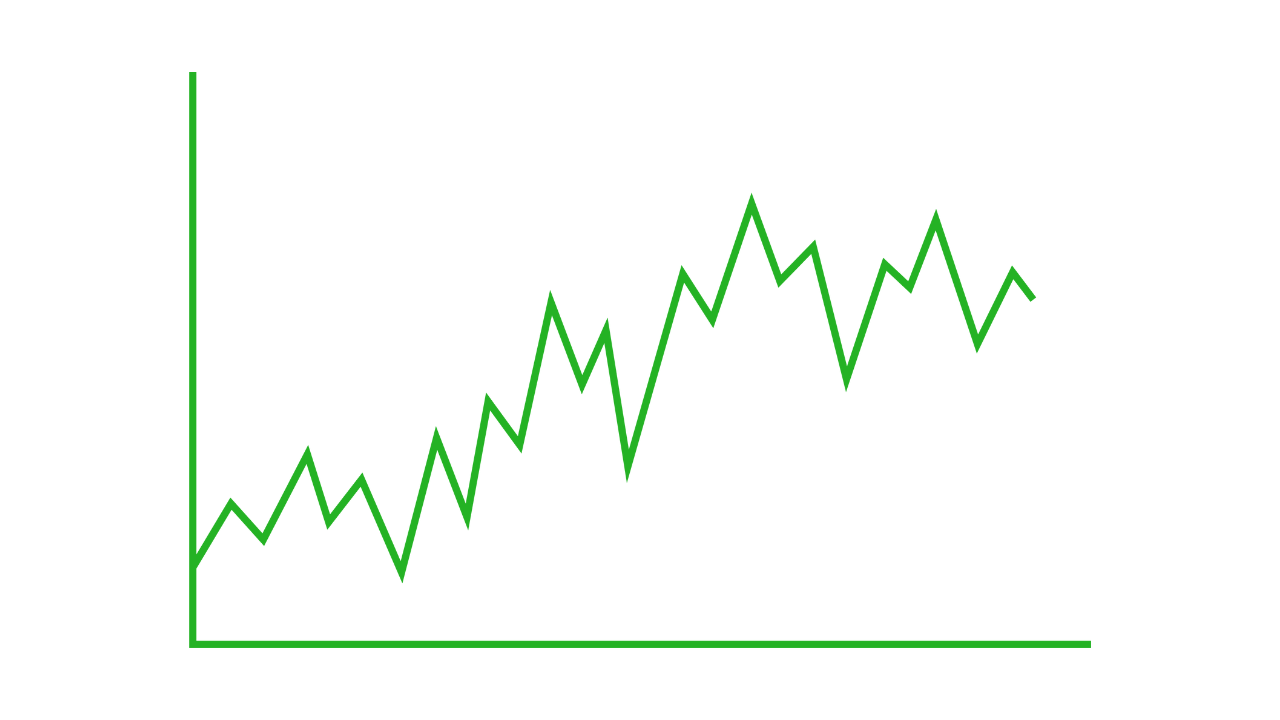Investing in the stock market is akin to navigating a vast ocean of opportunities, and one strategy that stands out is the pursuit of undervalued stocks. These hidden gems, often overlooked by the broader market, possess the potential for substantial growth. In this comprehensive guide, we will unravel the art of finding undervalued stocks in India, providing insights into the strategies, metrics, and considerations that can guide investors on this rewarding journey.
Understanding Undervalued Stocks:
Undervalued stocks are those whose market prices do not accurately reflect their intrinsic value or true worth. The market may have overlooked these stocks, creating an opportunity for investors to acquire them at a price that is considered below their fair value.
Why Invest in Undervalued Stocks?
Investors seek undervalued stocks for various reasons:
- Potential for Growth: Undervalued stocks may have room for significant price appreciation once their true value is recognized.
- Dividend Opportunities: Some undervalued stocks come from established companies that pay consistent dividends, providing income for investors.
- Risk Mitigation: As these stocks are considered to be priced below their intrinsic value, there is perceived downside protection compared to overvalued counterparts.
Key Strategies to Find Undervalued Stocks in India:
- Fundamental Analysis:
Fundamental analysis involves scrutinizing a company’s financial health, earnings reports, debt levels, and growth prospects. Metrics such as Price to Earnings (P/E) ratio, Price to Book (P/B) ratio, and Debt to Equity ratio are essential in this analysis. - Earnings Growth Potential:
Assessing a company’s earnings growth potential is crucial. Consistent and sustainable earnings growth can be an indicator of a company’s ability to create value for shareholders. - Dividend Yield:
Companies with a history of paying dividends, especially those with a rising dividend yield, can be attractive to investors seeking both income and potential capital appreciation. - Price to Earnings (P/E) Ratio:
The P/E ratio compares a company’s current share price with its earnings per share (EPS). A lower P/E ratio relative to industry peers may indicate that a stock is undervalued. - Price to Book (P/B) Ratio:
The P/B ratio compares a company’s market capitalization with its book value (assets minus liabilities). A P/B ratio below 1 may suggest the stock is undervalued. - Debt Levels:
Companies with manageable debt levels are often considered more stable. A careful examination of a company’s debt, especially in relation to its equity, is essential. - Market Sentiment:
Monitor market sentiment and news related to specific stocks. Negative sentiment or temporary issues can create opportunities to buy undervalued stocks. - Contrarian Investing:
Contrarian investors go against prevailing market trends. When a stock is undervalued due to temporary challenges, contrarians may see it as an opportunity to buy low. - Technical Analysis:
While fundamental analysis looks at a company’s financial health, technical analysis involves studying price charts and trading volumes to identify trends and potential entry points.
Steps to Identify Undervalued Stocks:
- Research and Screening:
Use financial websites, stock screeners, and research reports to identify potential undervalued stocks. Look for those with strong fundamentals and a history of stable performance. - Financial Ratios Analysis:
Dive deep into financial ratios such as P/E, P/B, and Debt to Equity. Compare these ratios with industry benchmarks and historical values to identify discrepancies. - Earnings Reports Examination:
Analyze recent earnings reports. Look for consistent revenue growth, improving profit margins, and positive forward guidance. - Dividend History:
Examine the dividend history of a company. Consistent or increasing dividends can be a positive indicator of financial stability. - Management Quality:
Assess the quality of the company’s management. A capable and transparent management team is crucial for the long-term success of a company. - Industry and Sector Trends:
Consider broader industry and sector trends. Undervalued stocks in sectors with positive growth prospects may present compelling opportunities.
Challenges in Identifying Undervalued Stocks:
- Market Volatility:
Market conditions can be volatile, making it challenging to distinguish between temporary fluctuations and sustained undervaluation. - Economic Factors:
Economic conditions can impact industries differently. Identifying undervalued stocks requires a nuanced understanding of how economic factors influence specific sectors. - Company-Specific Risks:
Some undervalued stocks may face company-specific challenges. Distinguishing between temporary setbacks and long-term issues is crucial.
Conducting Fundamental Analysis:
- Financial Statements:
Thoroughly review the company’s financial statements, including the balance sheet, income statement, and cash flow statement. Look for trends, consistency, and signs of financial stability. - Profitability Ratios:
Analyze profitability ratios such as return on equity (ROE) and net profit margin. Consistent profitability may indicate that the market has underestimated the stock’s value. - Cash Flow Analysis:
Evaluate the company’s cash flow, focusing on operating, investing, and financing activities. Positive cash flow from operating activities is a positive indicator. - Industry Comparisons:
Compare the company’s financial metrics with industry benchmarks. A stock trading at a discount to its industry peers may be undervalued. - Growth Prospects:
Investigate the company’s growth prospects, considering factors such as expansion plans, new product launches, or strategic partnerships that may contribute to future growth.
Risks and Considerations:
- Market Sentiment:
Market sentiment can influence stock prices. Undervalued stocks may remain undervalued if negative sentiment persists. Consider both fundamental analysis and market sentiment. - Industry Volatility:
Some industries are inherently more volatile than others. Understand the dynamics of the industry in which the company operates and consider how external factors may impact its valuation. - Global Economic Conditions:
Global economic conditions can affect stock markets. Be mindful of international economic trends and their potential impact on the valuation of Indian stocks. - Regulatory Changes:
Regulatory changes can significantly impact certain industries. Stay informed about regulatory developments that may affect the companies you are evaluating.
Frequently Asked Questions (FAQ):
Q1: How do I know if a stock is undervalued?
Look for a combination of financial metrics such as low P/E and P/B ratios, high dividend yield, manageable debt levels, and positive free cash flow. Conduct fundamental analysis, comparing the stock to industry benchmarks.
Q2: Why do stocks become undervalued?
Stocks can become undervalued due to market sentiment, economic downturns, industry-specific challenges, or temporary setbacks that cause investors to overlook the stock’s true value.
Q3: How often should I review my undervalued stocks?
Regularly review your undervalued stocks to ensure they still align with your investment goals. Consider quarterly or annual reviews, especially if there are significant market or industry changes.
Q4: What are the risks of investing in undervalued stocks?
Risks include market sentiment shifts, industry volatility, and unforeseen economic changes. Additionally, undervalued stocks may remain undervalued if the market does not recognize their potential.
Q5: Is it essential to understand the industry before investing in undervalued stocks?
Yes, understanding the industry is crucial. Industry dynamics impact a company’s performance, and recognizing these factors helps in assessing whether a stock is genuinely undervalued.
Q6: Can undervalued stocks be part of a long-term investment strategy?
Yes, undervalued stocks can be excellent long-term investments if chosen wisely. Patient investors may see these stocks realize their intrinsic value over time.
Conclusion:
Identifying undervalued stocks in the Indian market is a meticulous process that demands a blend of financial acumen, strategic thinking, and a keen understanding of market dynamics. By employing fundamental and technical analyses, considering key financial ratios, and staying abreast of industry trends, investors can uncover opportunities that have the potential for significant returns.
However, it’s important to note that investing always carries risks, and the undervalued nature of a stock does not guarantee future success. Diversification, thorough research, and a long-term perspective are essential elements of a successful investment strategy. As investors embark on the journey of finding undervalued stocks in India, a patient and informed approach can pave the way for financial success and wealth accumulation over time.









